Growth in the HVAC Sector
The High Speed Blowers Market is closely linked to the expansion of the heating, ventilation, and air conditioning (HVAC) sector. As urbanization continues to rise, the demand for efficient HVAC systems increases, necessitating the use of high speed blowers for optimal air circulation and temperature control. The HVAC market is expected to witness a growth rate of around 6% annually, which directly impacts the high speed blowers market. This growth is fueled by the need for improved indoor air quality and energy-efficient solutions in residential and commercial buildings. Consequently, the integration of high speed blowers into HVAC systems is likely to become more prevalent, enhancing the overall market landscape.
Technological Innovations
The High Speed Blowers Market benefits from ongoing technological innovations that enhance blower performance and efficiency. Advancements in materials, design, and control systems contribute to the development of high speed blowers that are more reliable and energy-efficient. For instance, the introduction of variable speed drives allows for better control of airflow, adapting to varying operational demands. This not only improves energy efficiency but also extends the lifespan of the equipment. As manufacturers continue to invest in research and development, the market is poised for further growth, with innovative products that meet the evolving needs of various industries.
Energy Efficiency Regulations
The High Speed Blowers Market is significantly influenced by stringent energy efficiency regulations imposed by various governments. These regulations aim to reduce energy consumption and greenhouse gas emissions, prompting industries to adopt more efficient technologies. High speed blowers, known for their energy-saving capabilities, align well with these regulatory frameworks. As a result, manufacturers are increasingly focusing on developing blowers that meet or exceed these standards, thereby enhancing their market competitiveness. The emphasis on energy efficiency not only supports environmental sustainability but also leads to cost savings for end-users, further driving the adoption of high speed blowers across multiple sectors.
Increased Focus on Waste Management
The High Speed Blowers Market is experiencing growth due to an increased focus on waste management and environmental sustainability. As municipalities and industries strive to improve waste treatment processes, high speed blowers play a crucial role in aeration and mixing applications. The demand for efficient waste management solutions is expected to rise, with the market projected to expand by approximately 4.5% in the coming years. This trend is driven by the need for effective treatment of wastewater and solid waste, highlighting the importance of high speed blowers in achieving regulatory compliance and promoting sustainable practices. The integration of these blowers into waste management systems is likely to enhance operational efficiency and environmental outcomes.
Rising Demand in Industrial Applications
The High Speed Blowers Market experiences a notable surge in demand driven by various industrial applications. Industries such as food processing, pharmaceuticals, and wastewater treatment increasingly rely on high speed blowers for efficient air handling and material transport. The market is projected to grow at a compound annual growth rate of approximately 5.2% over the next five years, reflecting the essential role these blowers play in enhancing operational efficiency. As industries seek to optimize production processes, the adoption of high speed blowers becomes more prevalent, indicating a robust market trajectory. Furthermore, the need for reliable and high-performance equipment in critical applications underscores the importance of this market segment.


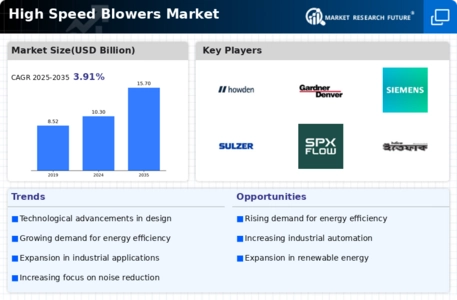


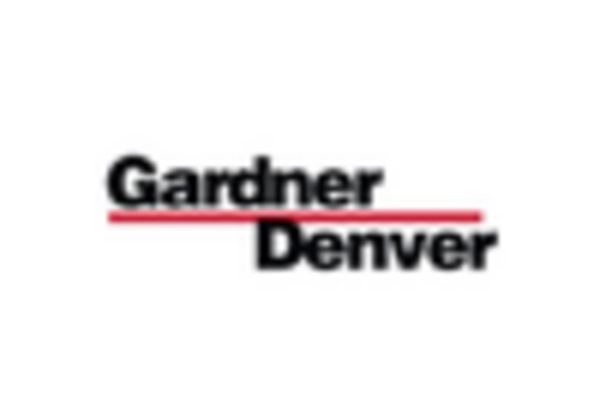
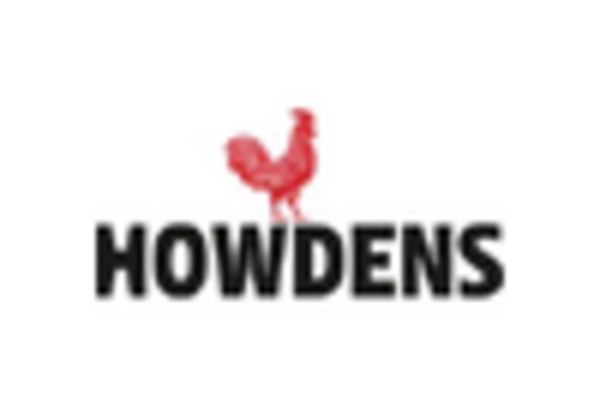
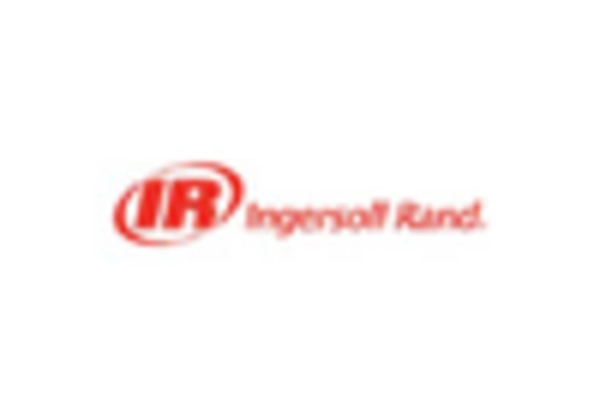

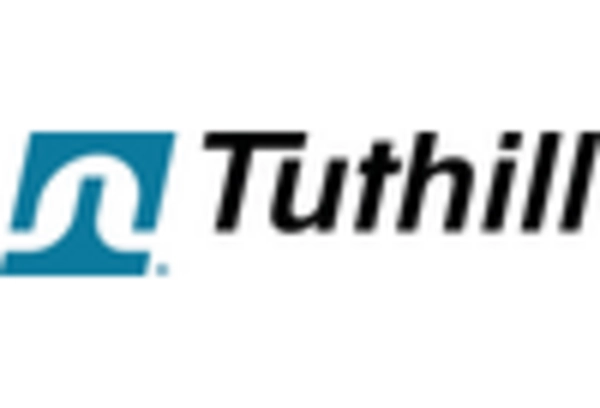








Leave a Comment